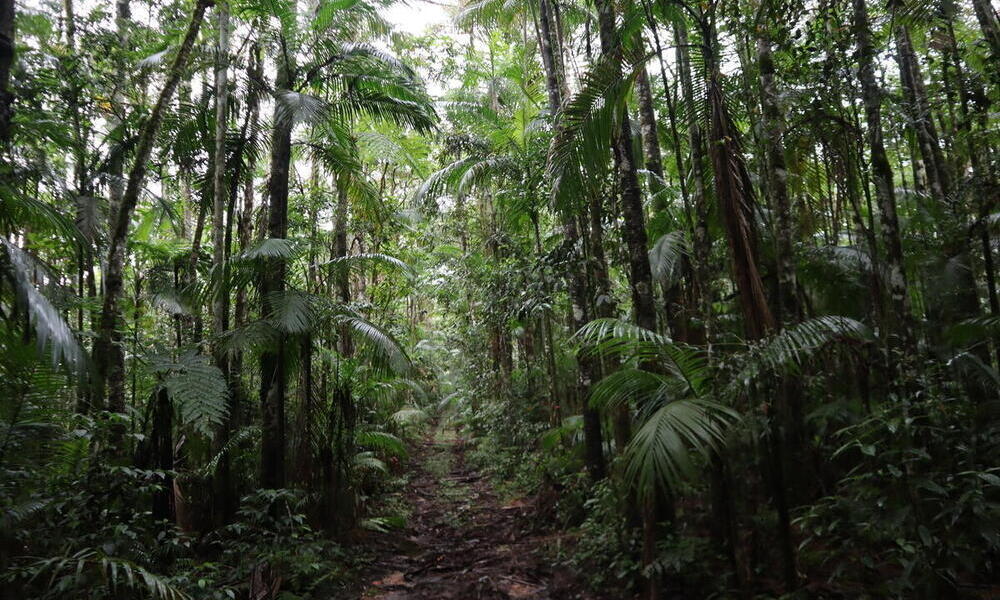The UN recognition acknowledges that restoration must go beyond planting trees and promote multiple benefits for nature and people, including generating work and income. “It is an inclusive and long-term process...respecting the local contexts and involving traditional communities and female empowerment. It is a commitment to the quality of life of thousands of people,” says Taruhim Quadros, representative of the Trinational Alliance for the Atlantic Forest Restoration and WWF-Brazil.
More than 20 evaluation criteria were considered for the World Restoration Flagship award, including involvement of local communities in decision-making, creation of coalitions, contribution to international agreements for reduction of emissions, growth potential, and replicability, among others.
Around the world, there were 156 proposals for the title of World Restoration Flagship, with the first 10 declared at the UN Convention on Biological Diversity in Montreal, Canada. In addition to the Atlantic Forest, initiatives in Africa, Oceania, Central America, the Middle East, and Asia were named World Restoration Flagships.
